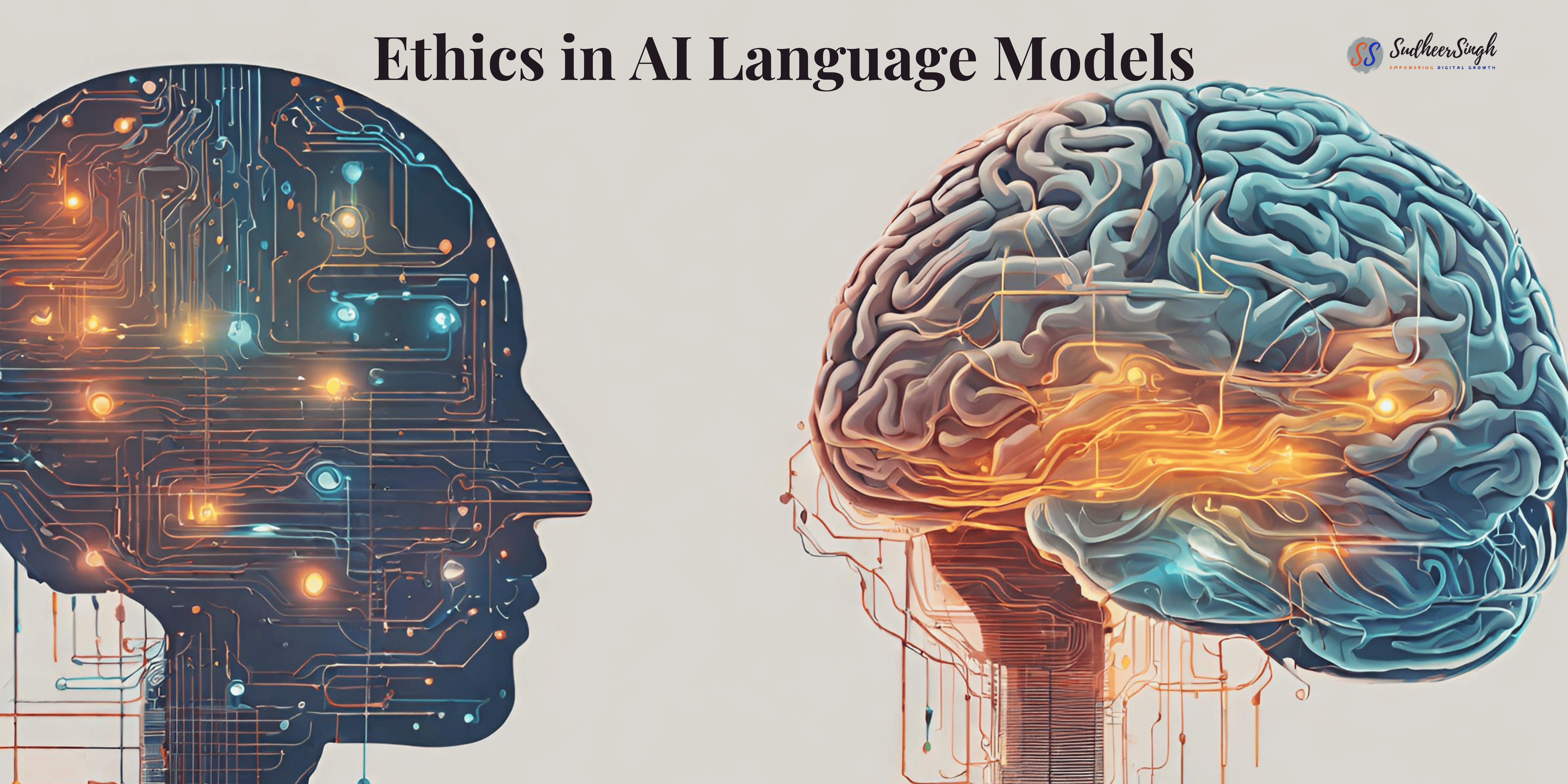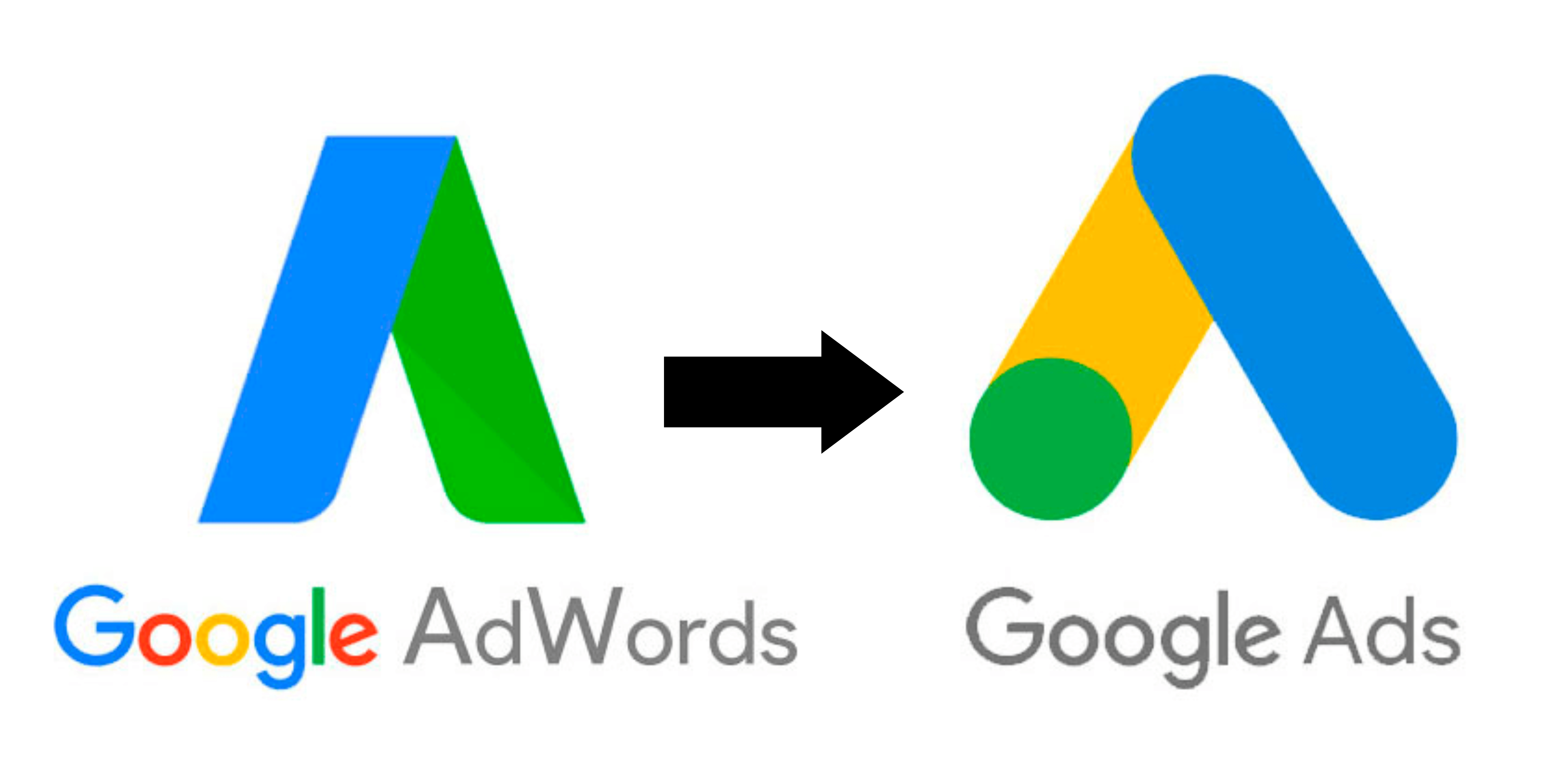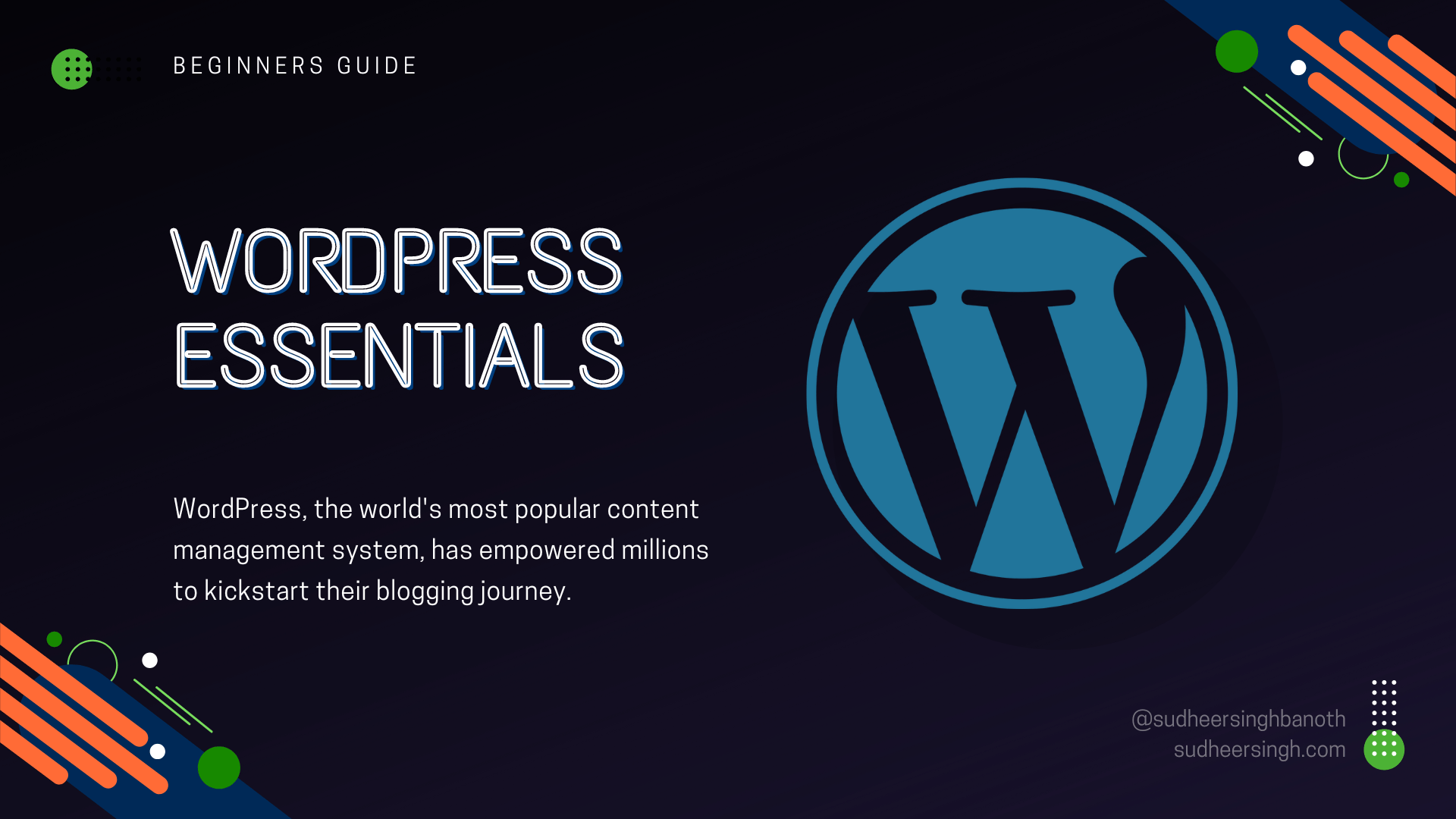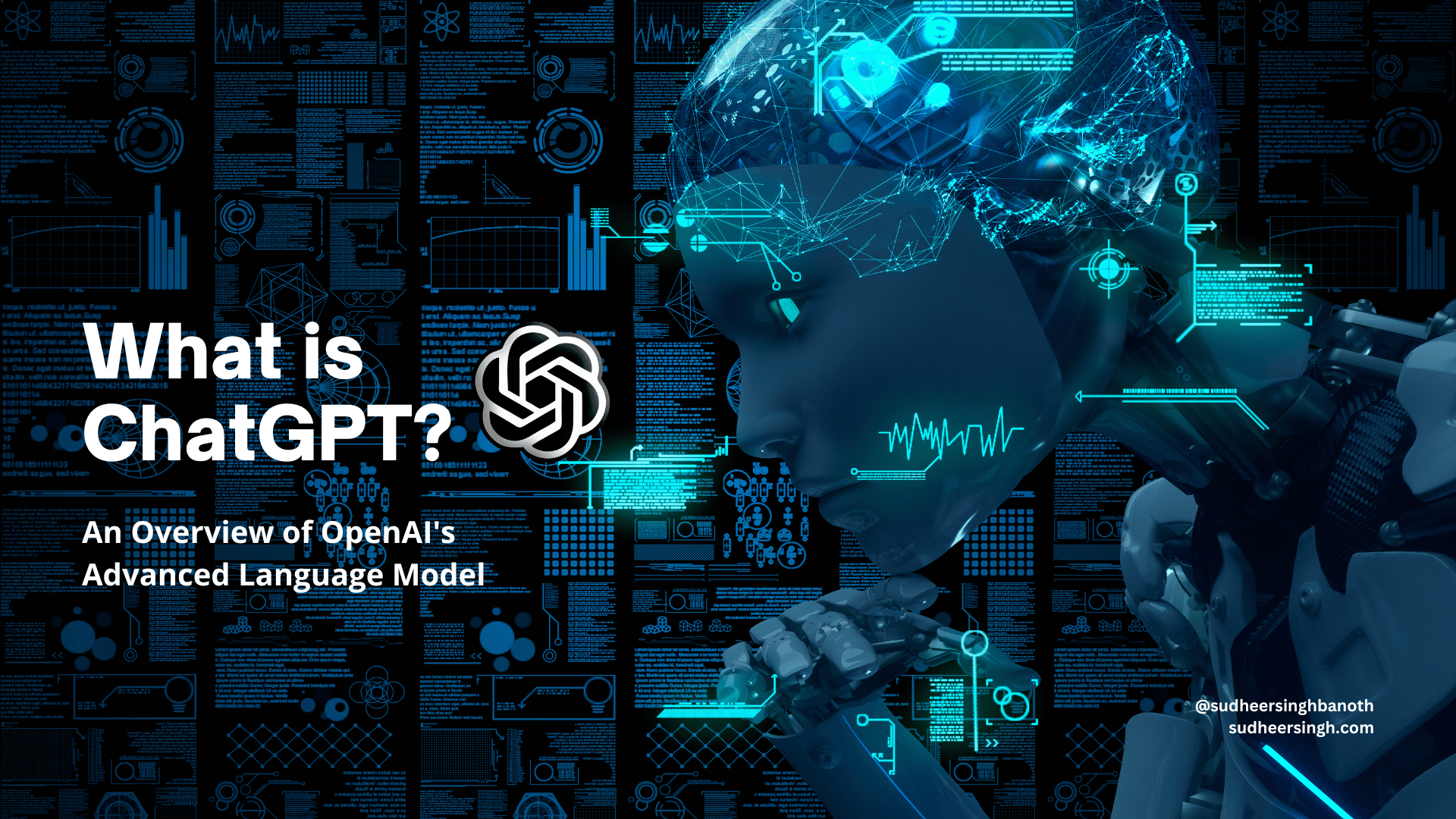Ethics in AI Language Models

In recent years, the rapid evolution of artificial intelligence (AI), particularly in areas like language models, has transformed industries, powering innovations from chatbots to content generation. Yet, alongside this advancement, a challenging and pressing issue arises: the bias inherent within these models. Bias, often a reflection of historical data and human prejudices, can lead to unintended and harmful consequences.
This article delves into the nature of these biases, their origins, and the ethical implications they carry. Additionally, it explores the steps being taken to rectify these issues and the responsibility that developers, companies, and users bear.
1. Understanding Bias in AI
1.1. What is Bias?
In AI, bias refers to systematic and unfair discrimination against certain individuals or groups based on their backgrounds or characteristics. It can manifest in the form of skewed results, incorrect predictions, or unfair treatments.
1.2. How Does Bias Enter AI?
Biases in AI often stem from the data used to train them. If this data contains biases, the AI will likely reproduce and potentially amplify them.
2. Language Models: A Special Concern
Language models, designed to understand and generate human-like text, are particularly susceptible to bias. Their vast training data encompass vast amounts of textual data from the internet.
2.1. Historical Biases
Language reflects culture, and as cultures evolve, so does language. Models can inadvertently learn outdated or discriminatory viewpoints from older texts.
2.2. Amplifying Existing Stereotypes
Language models can often strengthen stereotypes, reinforcing harmful beliefs and notions.
3. Ethical Implications of Bias
3.1. Reinforcing Harmful Stereotypes
Bias in AI can perpetuate societal divides and prejudices, potentially undoing years of social progress.
3.2. Impact on Vulnerable Populations
Biased AI can disproportionately affect marginalized communities, exacerbating inequalities.
3.3. Erosion of Trust
When users notice biases in AI outputs, it erodes trust not only in that specific tool but in AI technologies at large.
4. Addressing AI Bias: Steps Being Taken
4.1. Data Cleaning
This involves reviewing and editing training datasets to ensure they’re representative and free from glaring biases.
4.2. Algorithmic Approaches
Researchers are developing algorithms that are inherently designed to reduce bias, ensuring fairness in predictions and outputs.
4.3. Post-hoc Analysis
After a model is trained, it can be analyzed and tested for biases, allowing for corrections before deployment.
5. The Role of the AI Community
5.1. Developers and Researchers
The onus is on those who design and create AI to ensure they’re ethically sound. Regular training and awareness programs can help.
5.2. OpenAI and Other Organizations
Leading organizations like OpenAI are pioneering research into reducing bias and ensuring that their models, like ChatGPT, remain ethically designed.
5.3. The User Community
Feedback from users is invaluable. Identifying and reporting biases can help organizations rectify them promptly.
6. The Road Ahead: Challenges and Opportunities
6.1. The Evolving Nature of Bias
Bias isn’t static; as society changes, so do its biases. The AI community must remain vigilant.
6.2. Ethical AI as a Norm
The goal is to reach a point where ethics in AI is a given, not an exception.
6.3. Global Collaborations
International cooperation can help in creating universally fair and unbiased AIs.
Conclusion
While AI, with its vast potential, promises to revolutionize our world, it also brings forward unprecedented ethical challenges. The biases within language models are emblematic of larger issues within AI. By acknowledging, addressing, and actively working to reduce these biases, we not only enhance the efficacy of AI but also ensure a more equitable and fair technological future. It’s a journey, but with collective effort, a bias-free AI horizon is attainable.



